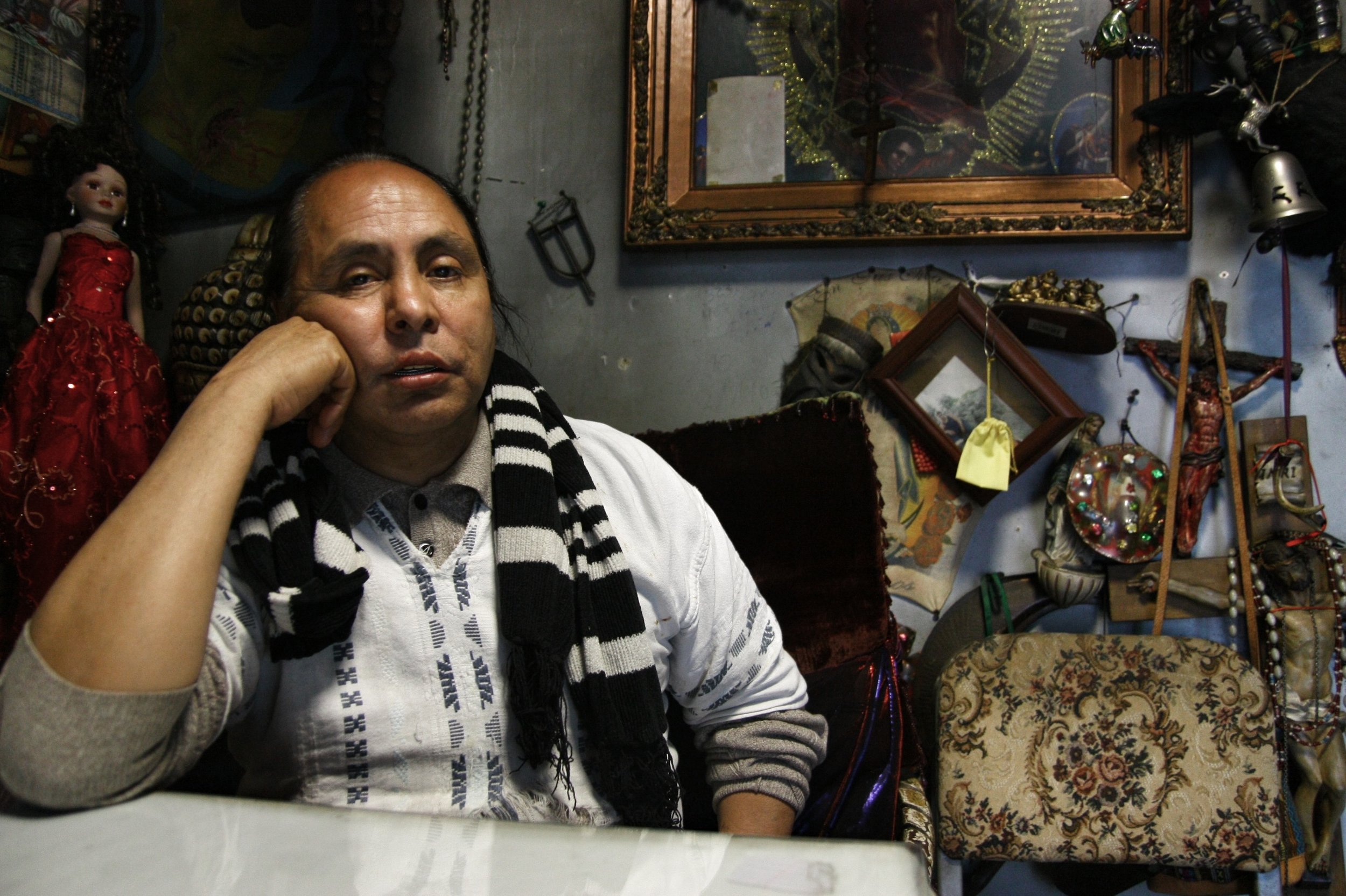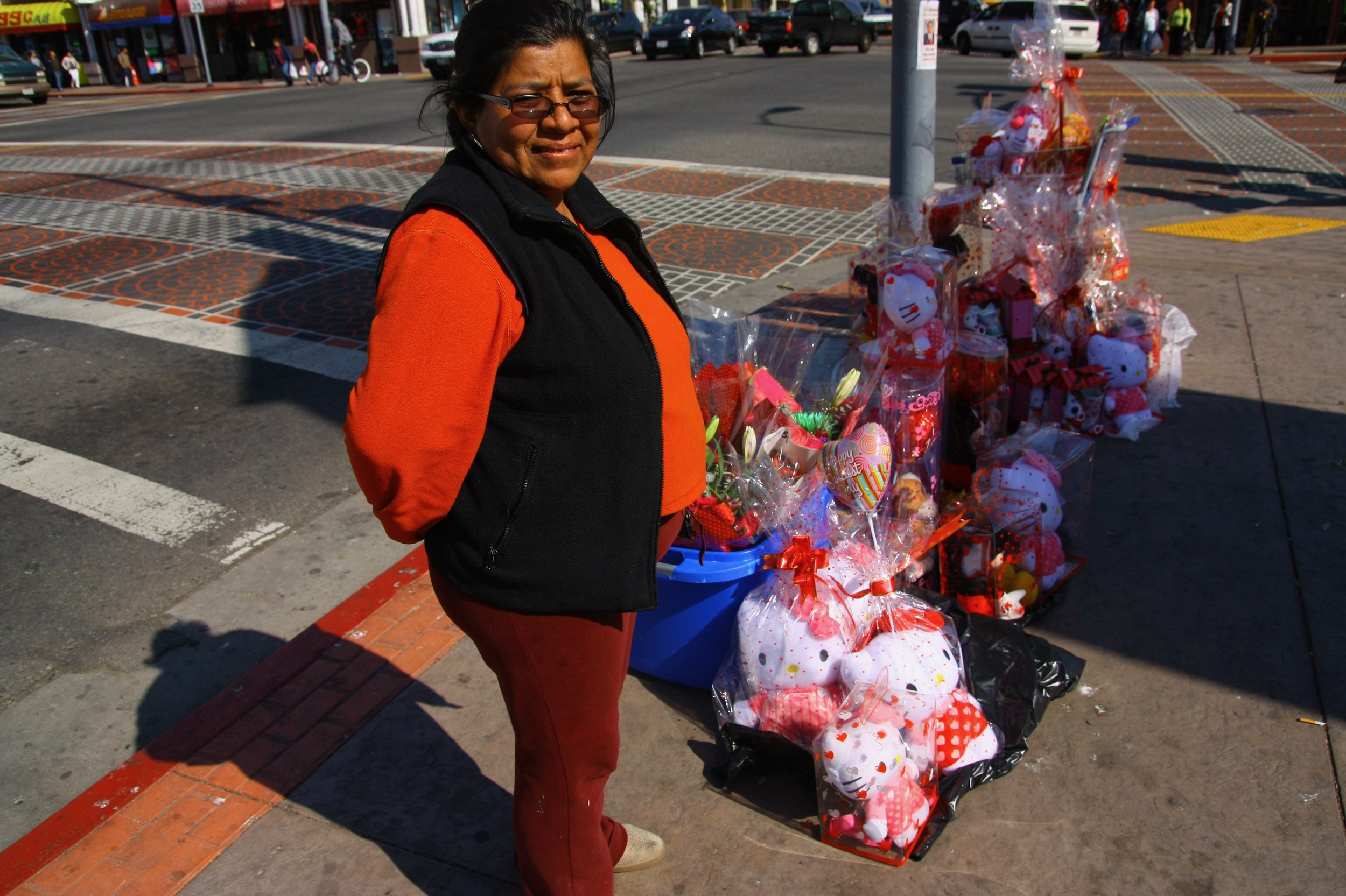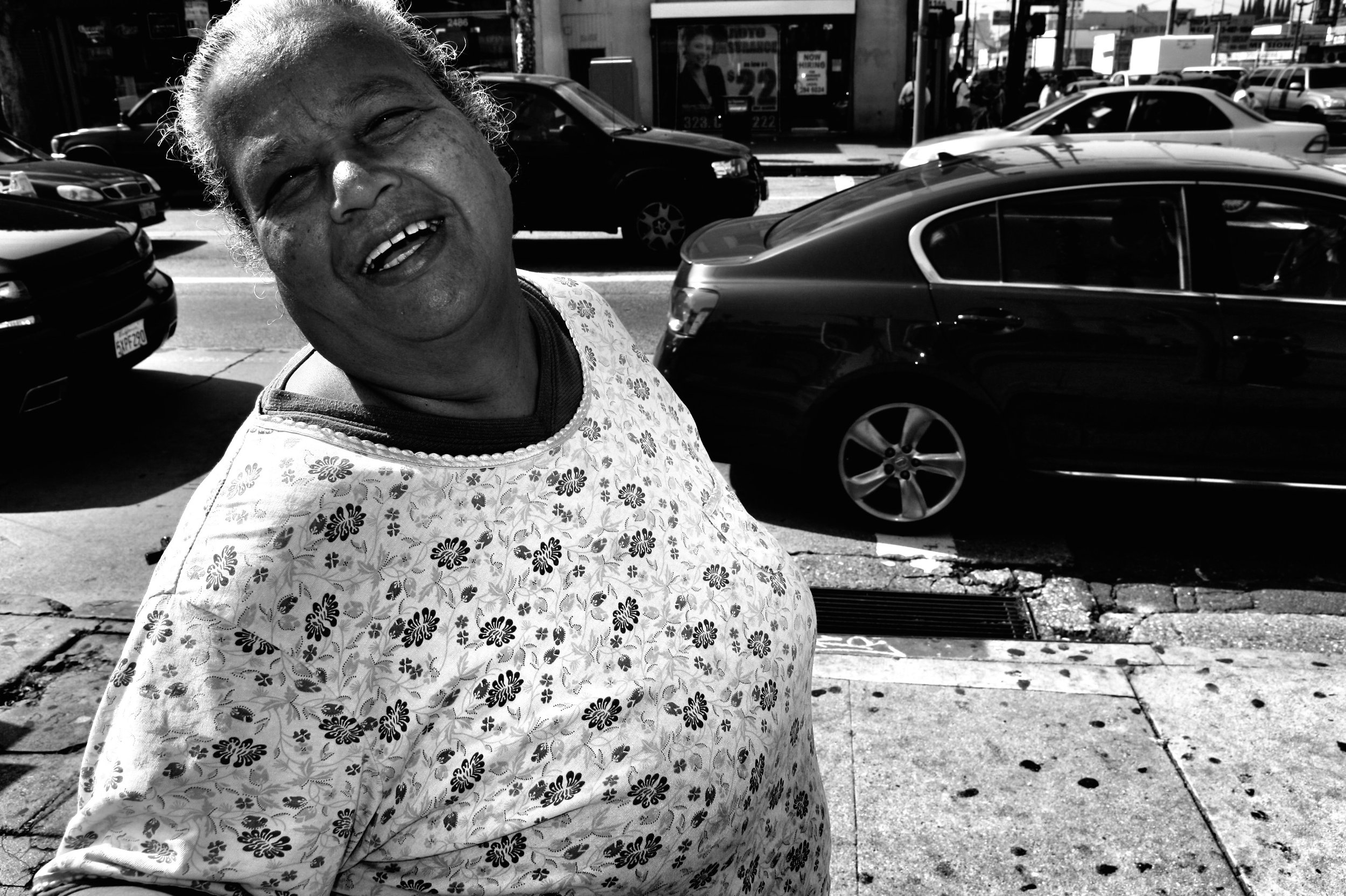L.A. Faces
Hi Duk Lee pioneered Koreantown when he built the VIP Palace with classic Korean architecture on Olympic near Normandie in the 1970s. The restaurant became a center of Korean life in LA for many years. In front of his house, Mr. Lee built a pond in the shape of the two Koreas, with the walkway to the door as the demilitarized zone. Mr. Lee hoped his fellow Korean immigrants would follow his lead and build an identifiable Korean section of LA in the way Chinatown emerged. When they did not, he said he felt betrayed and retreated from LA Korean life. VIP Palace changed hands several times before being sold to another immigrant, Fernando Lopez Mateos, from Oaxaca, who put in La Guelaguetza restaurant, which soon became a center of Oaxacan life in LA. Mr. Lee’s last years were spent running a nursery with his wife in Highland Park. He died in 2019. I wrote about him twice, once in 2015 for LA Magazine, and in 2001, in the LA Times Magazine.
Ernie Vargas grew up in Hawaiian Gardens and became recreations director for the city years later. He organized a rugby squad of teenage boys as an antidote to the immense power of HG13, the local street gang that consumed a few generations of young men in the town. A massive criminal indictment sent dozens of HG members to prison. Seeing an opening, Vargas organized the rugby squad as an alternative. I wrote about him and the team for the LA Times.

Tony "Corky" Corcoran, a sax player and long-time heroin addict. A sweet man who told me his story of years playing jazz in LA strung out like so many other musicians. He felt he was lucky to live as long as he did. He gave me an album he made probably in the late 1950s. "Corky Corcoran and the Seattle Strings." He sounded great on it, though the strings cluttered the sound and got in the way of his sax. That was the highlight of his career, it seemed. We talked a little about his opium habit. He said he lost two families to it.
Kelvin Anderson owns VIP World Famous Records in Long Beach. From the store on Pacific Coast Highway, he fostered the careers of some of LA's first and best-known rappers. At a studio in the store, a trio known as 213 recorded the demo that launched its career. The trio -- Snoop Dogg, Warren G, and Nate Dogg - eventually signed with Death Row Records. I met Anderson as he was struggling with Internet competition. “There’s hardly anything we have in here that you can’t download free — legally or illegally,” he said. “You can’t compete with free.” I wrote about him and his store for the LA Times in 2012.

Shagy Mata was one of LA's great tuba players in Mexican music. He showed me his collection of tubas, which he kept in his garage in South Gate and which include a mini-tuba or midget-tuba, something like that. I met him while working on stories in 2011 about who was stealing all the tubas from the high schools southeast of LA. He died not long after I met him -- reportedly of a heart attack.

Grace -- I met him in Plummer Park in West Hollywood while I was working for the LA Times. He told me that in his prime, many years before, he impersonated Grace Jones at drag queen revues and assured me that he was once the greatest female impersonator in the city.

Hermano Carlos is a curandero -- folk healer or witch doctor, depending -- and ran a botanica -a shop selling herbs, potions, candles, etc - on Pico Boulevard that I walked into one day because I was curious. We spent a lot of time talking about his mother, as I recall.

I covered for a time the move to get car-washers union contracts from the carwashes were they worked, some of which were well known for nonpayment of wages, and many of which were in West L.A. Turns out most of the car washers were from one town, Libres, in the state of Puebla, Mexico. Hundreds of men, and women, too, worked in West LA car washes from that town. I suspect the entire industry would come to a halt if the Libres workers just decided to return home. I asked one of them if they more or less supported the town with their wages. He said yes. I asked if they'd built a statue in honor of the carwash worker back in Libres. He said no. I suggested to the editor at the LA Times that Libres might make a good story. He didn't go for it.

Women and girls at the dedication of Pico and Vermont in honor of slain Salvadoran Archbishop -- now beatified - Oscar Romero.

I met Maria doing a story on street vendors on Valentine's Day at the corner of Western and Santa Monica. She was from Central America, though I don't remember where. She sold on holidays and big events, like Feb. 14.

A woman at the same dedication of Pico and Vermont to Archbishop Romero.

These young men, from Florida and Louisiana, were in Los Angeles, playing football for El Camino College, a community college, and hoping for a scholarship to a four-year Division I school. "This is a business trip," the one on the right told me about his time in Los Angeles.

An ice cream man. I took this shot on Drew Street in Glassell Park - doing a story on that gang-besieged neighborhood, one of the most dangerous in LA at the time.



